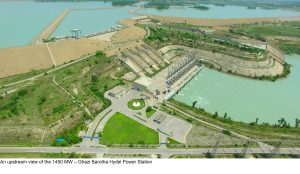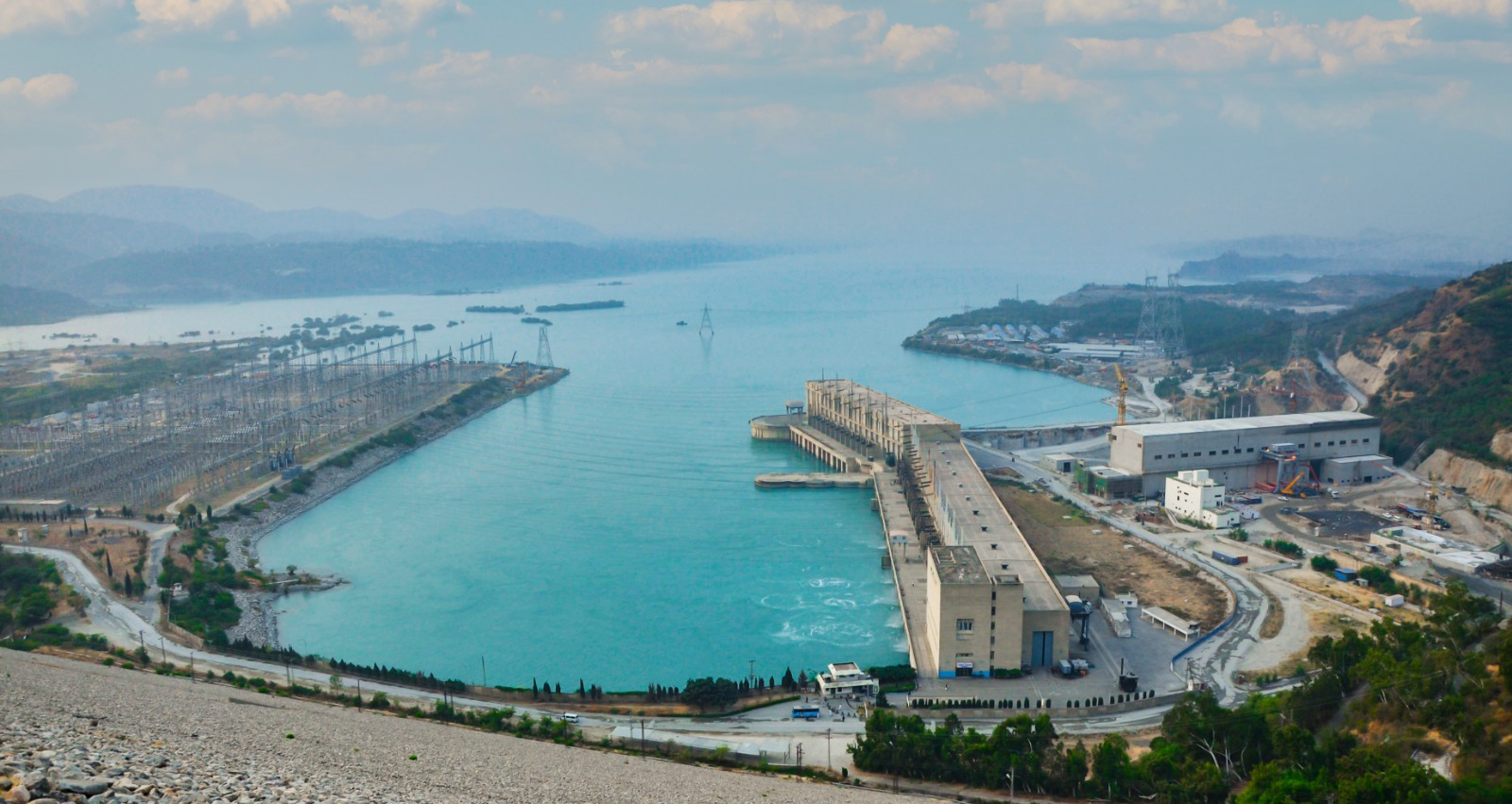Hydel generation reaches seasonal high as WAPDA contributes 7,286MW to National Grid
LAHORE MIRROR — The Water and Power Development Authority (WAPDA) achieved a major milestone in hydel power generation as it contributed a remarkable 7,286MW of electricity to the National Grid during peak hours last night.
It was reported that this is attributed to various factors, including effective operation and maintenance of WAPDA hydel power stations, improved inflows in the rivers, increased water reservoir levels, and the indent by the Indus River System Authority (IRSA).
The statistics reveal that Tarbela Hydel Power Station was the top performer, generating an impressive 3,446 MW, followed by Tarbela 4th Extension with 1,410 MW, Ghazi Barotha with 1,450 MW, Mangla with 275 MW, Warsak with 172 MW, and Chashma with 147 MW.
Additionally, the other hydel power stations collectively contributed 386 MW. Experts predict that hydel generation by WAPDA will continue to rise in the coming days due to improved hydrological conditions, increased indent by IRSA, and the resumption of electricity generation from the Neelum Jhelum Hydel Power Station.

One noteworthy aspect of WAPDA’s hydel power generation is its cost-effectiveness, with the cost standing at only Rs. 3.51 per unit. This makes hydel power the cheapest source of electricity generation in the country, significantly reducing the overall tariff for consumers.

Currently, WAPDA owns and operates 22 hydel power stations, boasting a cumulative installed capacity of 9,459 MW. In line with its commitment to enhancing the share of hydel electricity in the National Grid, WAPDA is actively implementing a least-cost energy generation plan.
This plan includes the construction of several mega projects in the hydropower sector, scheduled to be completed in phases from 2024 to 2028-29. These projects aim to double the country’s installed generation capacity by adding approximately 10,000 MW of clean, green, and low-cost hydel electricity to the National Grid.
The surge in hydel power generation by WAPDA marks a significant step towards meeting the growing energy demands of the nation while simultaneously promoting sustainable and environmentally friendly sources of electricity.
As the capacity of hydel power increases, it is expected to have a positive impact on the overall power supply situation in the country, providing economic and environmental benefits for the citizens of Pakistan.

